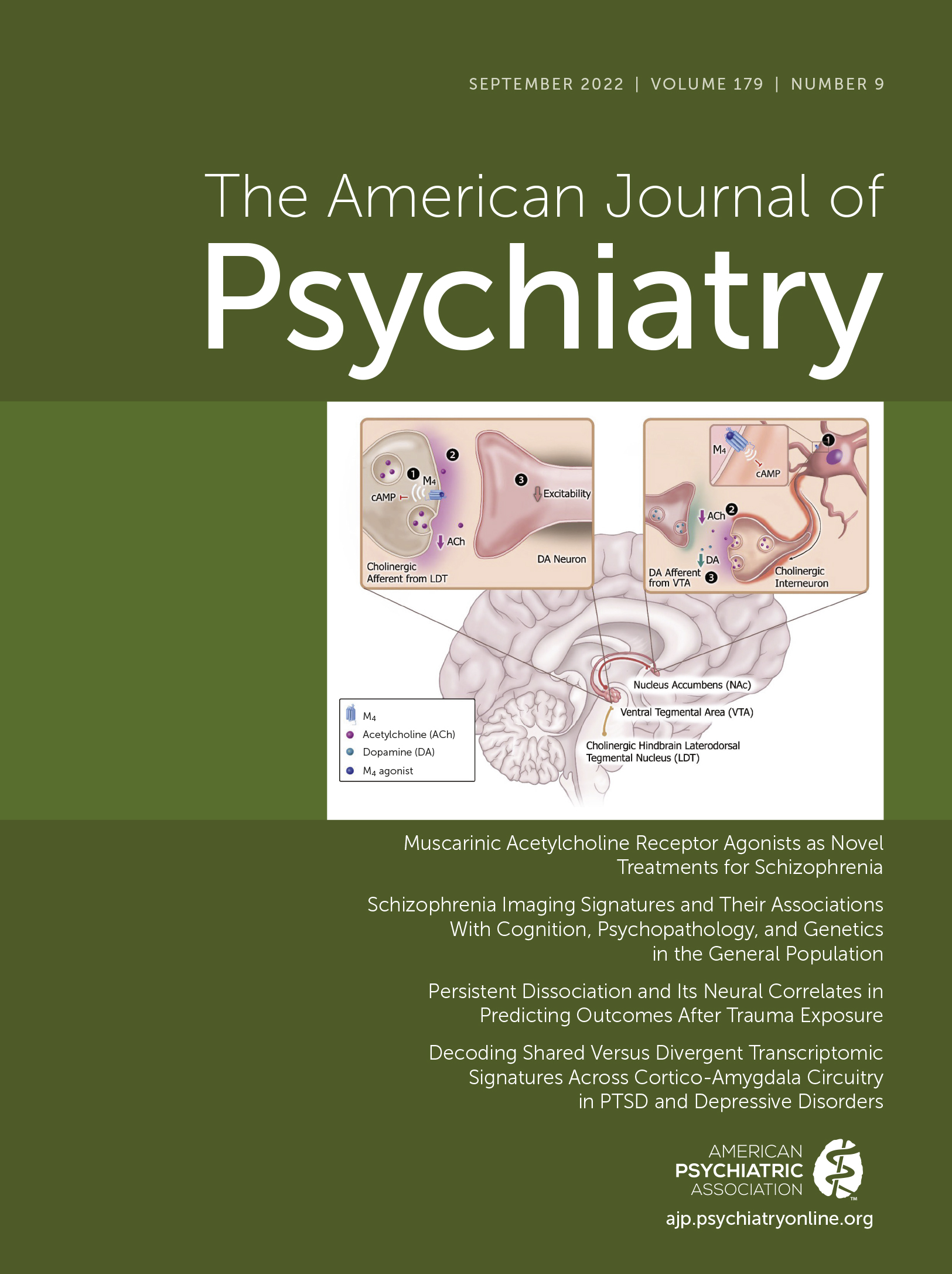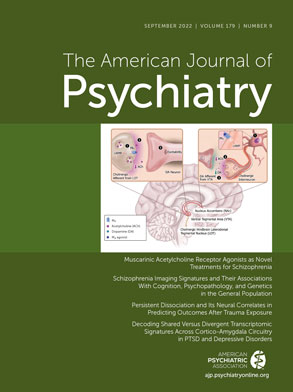To the Editor: I thank Dr. Durgam and colleagues for their letter regarding my December 2021 editorial regarding “Efficacy and Safety of Lumateperone for Major Depressive Episodes Associated With Bipolar I or Bipolar II Disorder: A Phase 3 Randomized Placebo-Controlled Trial.” I am glad to be able to address their points.
It is helpful to learn that the Mini-International Neuropsychiatric Interview (M.I.N.I.) was used in making the diagnosis of bipolar I and II disorder as this was not stated in the Methods. The Montgomery-Åsberg Depression Rate Scale (MADRS) is not specifically a diagnostic tool but a scale of depression severity, so its use does not address the question of whether bipolar II disorder is correctly diagnosed. The concern is not whether subjects are depressed in this trial, as that is well-documented, but whether their diagnosis of bipolar depression is accurate. Retrospective diagnosis of bipolar II disorder in depressed patients remains difficult, especially since no recent diagnosis of manic or hypomanic was required for entry in this study (although this is often the case in clinical practice.)
Functional unblinding remains a problem in many trials of treatments for psychiatric illnesses. While I appreciate the analyses of the impact of reported side effects on MADRS scores, a simpler method to determine whether subjects are unblinded could have been undertaken: asking the participants to guess their treatment assignment (one might consider this kind of measurement a mandatory part of clinical trials in psychiatry.) Side effect reporting differs from trial to trial, so it is problematic to assert that side effects are lower for lumateperone compared to other drugs. Only direct comparisons (in a single study) truly allow comparisons of adverse effects between drugs in bipolar depression.
It is important to understand p values. A low p-value does not “support the efficacy of lumateperone in patients with bipolar II disorder.” These p values only show that for this specific study, the probability that the null hypothesis was falsely rejected is small. The lack of posting or publication of prior failed trial data—despite the FDA acceptance for marketing of lumateperone for bipolar I and II disorder—makes it difficult for the reader to understand the meaning any individual comparison in the context of all the trial data. A low p value, of course, does not imply anything about the magnitude of the effect. Because the authors highlight a larger effect size for bipolar II disorder, my comment about confidence intervals certainly does have merit and is important to address. It is not clear that lumateperone treatment decreases MADRS scores more in bipolar II disorder compared to bipolar I disorder because the confidence interval is wider around the mean for the result in bipolar II disorder. A small sample size always leads to a less precise estimate of the effect than a much larger sample size. The results as presented are fair, but I maintain that raising concerns about study methodology is also fair.
I do not doubt that this study was conducted ethically and under the prevailing regulations from the FDA for their approval process. It remains difficult for clinicians in the field, however, to make complex and long-term treatment decisions in bipolar II disorder using data from a 6-week study that includes but 38 subjects in each arm for an illness that effects millions, and which, for many, is lifelong and requires decades of treatment.

